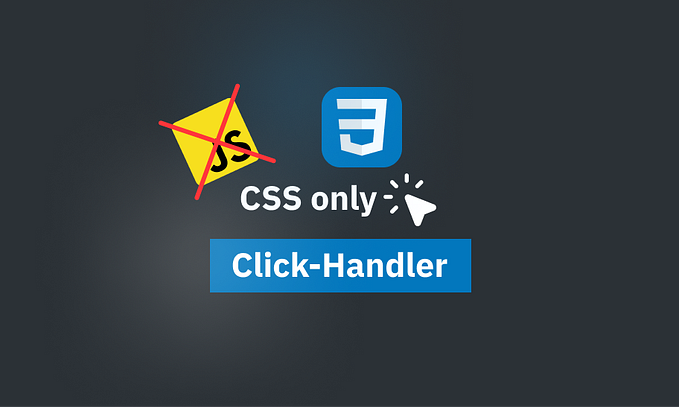Streamlining Bookmark Functionality in JavaScript Projects
Adding bookmark functionality to a JavaScript project doesn’t have to be complicated. With just a few lines of code, you can implement a clean and efficient way to manage bookmarks using localStorage and prototypes. In this post, I’ll walk you through a streamlined solution that makes bookmarking in JavaScript simple, compact, and highly reusable.
Why Simplify Your Bookmark Code?
When it comes to bookmarking, it’s easy to write verbose, repetitive code. However, leveraging a prototype-based approach with ternary operators and minimal variables allows you to keep your project clean and maintainable.
Key Features of This Bookmark Functionality:
- Simple API: Methods like
set,get,getAll,delete, anddestroymake it easy to interact with bookmarks. - Efficient Code: Using ternary operators for concise, readable logic.
- Boolean Return Values: Each method returns
trueon success andfalseon failure, making error handling clear and consistent. - No Unnecessary Variables: Code is compact and eliminates redundant variables for better performance.
Complete Code for Bookmark Functionality
The code below outlines the complete solution for adding bookmark functionality to your JavaScript project. It stores bookmarks in the browser’s localStorage, ensuring that the data persists across page reloads.
(function(global) {
function Bookmark() {}
Bookmark.prototype = {
key: 'bookmarks',
// Add a bookmark
set(slug) {
return slug && !this.getAll().includes(slug)
? (localStorage.setItem(this.key, JSON.stringify([...this.getAll(), slug])), true)
: (console.log(slug ? `"${slug}" is already bookmarked.` : 'Invalid slug!'), false);
},
// Check if a specific bookmark exists
get(slug) {
return slug ? this.getAll().includes(slug) : false;
},
// Get all bookmarks
getAll() {
return JSON.parse(localStorage.getItem(this.key)) || [];
},
// Delete a specific bookmark
delete(slug) {
return slug
? (this.getAll().includes(slug)
? (localStorage.setItem(this.key, JSON.stringify(this.getAll().filter(item => item !== slug))), true)
: (console.log(`"${slug}" is not in bookmarks.`), false))
: (console.error('Invalid slug!'), false);
},
// Remove all bookmarks
destroy() {
return localStorage.removeItem(this.key), true;
}
};
global.bookmark = new Bookmark();
})(window);How to Use the Bookmark Functionality
The API is straightforward, and you can interact with the bookmark system in the following ways:
- Add a Bookmark:
bookmark.set('article-1'); // true (if added successfully)2. Check if a Bookmark Exists:
bookmark.get('article-1'); // true (if exists) or false3. Retrieve All Bookmarks:
console.log(bookmark.getAll()); // ['article-1', 'article-2', ...]4. Delete a Bookmark:
bookmark.delete('article-1'); // true (if removed successfully)5. Clear All Bookmarks:
bookmark.destroy(); // true (if successfully cleared)Why You Should Use This Approach
This approach is efficient and scalable. Here are some reasons why:
- Compact Code: The code uses ternary operators and eliminates unnecessary variables, ensuring that it’s easy to read and maintain.
- No Dependencies: This solution doesn’t rely on external libraries or frameworks. It leverages browser-native
localStorage, making it perfect for lightweight applications. - Reusability: The bookmark functionality is encapsulated in a single object (
Bookmark), so it’s easy to reuse across different parts of your application.
Conclusion
With this simple, streamlined approach to adding bookmarks in JavaScript, you can easily manage user data and interactions. Whether you’re building a personal bookmarking tool, or you need a quick way to save and retrieve information, this pattern is an efficient and reusable solution.
If you have any feedback or questions, feel free to leave a comment below. Happy coding! 👨💻🚀
#JavaScript #WebDevelopment #LocalStorage #CodingBestPractices #Efficiency #ProgrammingTips #WebApp #TechTips




